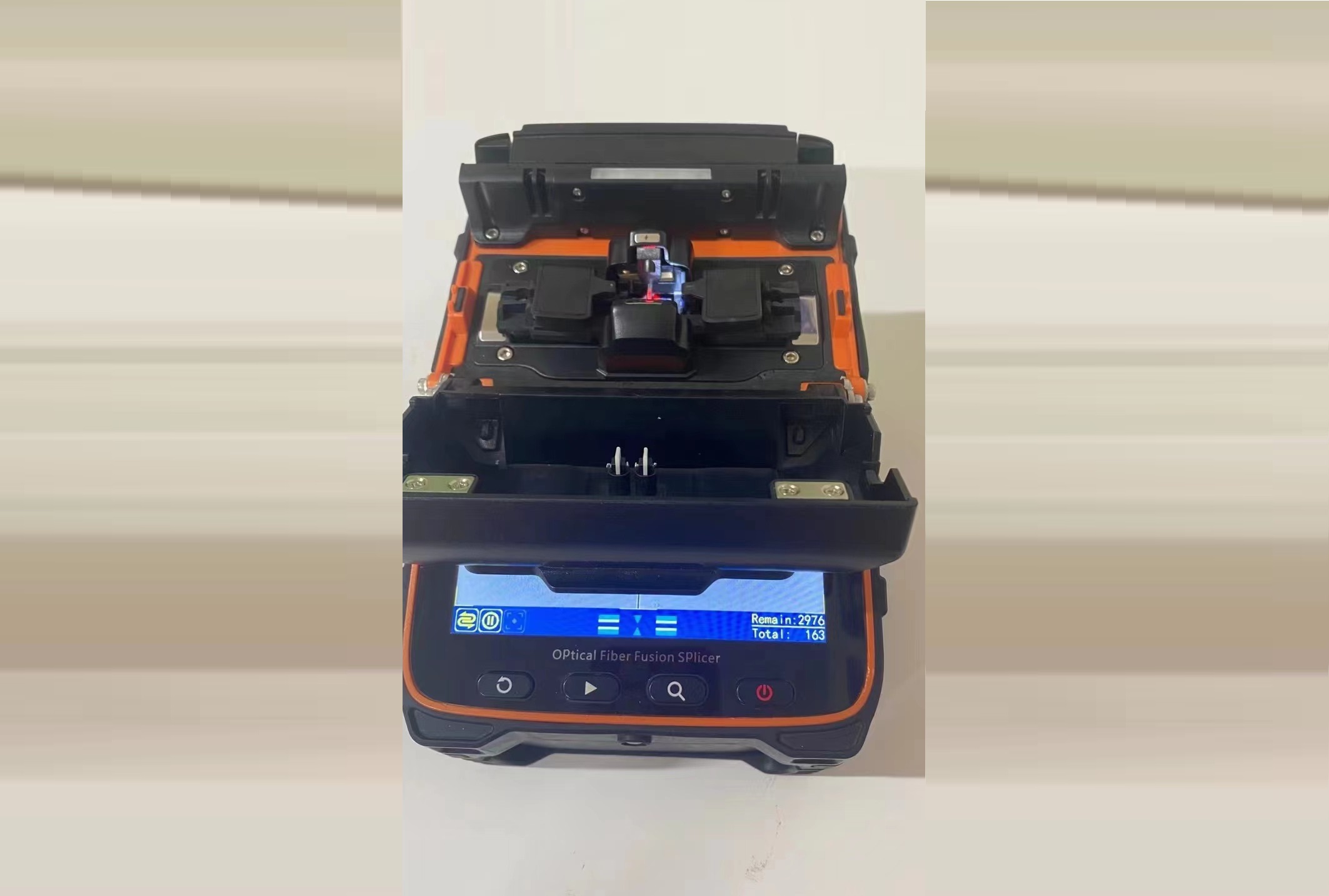- Sales SupportContact Sales
- Call us at: +(86) 15211074652
- Send us a email at: info@zr-fibercable.com
What does OTDR's blind spot mean?
Optical Time Domain Reflectometer (OTDR) is a widely used instrument for measuring the characteristics of optical fibers. It is used to analyze the loss, attenuation, and dispersion in optical fibers. However, despite its high accuracy, the OTDR has a limitation known as a blind spot. A blind spot is a section of the fiber that cannot be measured by an OTDR. This limitation is caused by the instrument's inability to distinguish between backscattered light from the fiber and the reflection from the fiber end.
In this article, we will discuss the concept of the OTDR's blind spot, its causes, and its implications. We will also cover the methods used to reduce the blind spot and the factors affecting its size.
Understanding the OTDR
Before delving into the blind spot, let us briefly discuss the working principle of an OTDR. An OTDR emits a short pulse of light into an optical fiber and detects the backscattered light. By analyzing the time and intensity of the backscattered light, the instrument can determine the characteristics of the fiber. The OTDR is capable of measuring the loss and attenuation of the fiber, the location and severity of the defects, and the length of the fiber.
The OTDR measures the backscattered light from the fiber as it travels through the fiber. The intensity of the backscattered light is proportional to the power of the incident pulse, the length of the fiber, and the attenuation coefficient of the fiber. The OTDR records the intensity of the backscattered light as a function of time, and then displays it as a graph. The graph shows the fiber's characteristics, such as the loss and attenuation, as well as the location and severity of the defects.
Blind Spot in OTDR
A blind spot is a section of the fiber that cannot be measured by an OTDR. The blind spot is caused by the instrument's inability to distinguish between the backscattered light from the fiber and the reflection from the fiber end. The reflection from the fiber end is stronger than the backscattered light, and it can saturate the OTDR detector, causing it to be unable to detect the backscattered light. Therefore, the OTDR cannot measure the section of the fiber after the reflection from the fiber end.

The size of the blind spot depends on the characteristics of the fiber and the OTDR. The blind spot is generally larger for longer fibers and fibers with higher attenuation coefficients. The blind spot can also be larger for OTDRs with lower pulse widths, which are used to measure longer fibers.
Causes of Blind Spot
The blind spot is caused by the reflection from the fiber end. The reflection occurs when the light from the OTDR reaches the end of the fiber and is reflected back. The reflection is stronger than the backscattered light, and it can saturate the OTDR detector. As a result, the OTDR cannot measure the section of the fiber after the reflection from the fiber end.
The reflection from the fiber end is caused by several factors, including the mismatch between the fiber and the connector, the quality of the connector, and the quality of the fiber end. The mismatch between the fiber and the connector can cause the reflection from the fiber end. The reflection can be reduced by using a high-quality connector or by polishing the fiber end.
Another factor that can cause the reflection from the fiber end is the presence of a splice or a connector in the fiber. The splice or connector can cause a reflection that can saturate the OTDR detector. The reflection can be reduced by using a splice or connector with low reflectance or by using a splice or connector that is properly installed.
You might be interested in
We use cookies to ensure that we give you the best experience on our website. By clicking on "Accept" or continuing to use this site, you agree to our use of cookies in accordance with our Cookie Policy .You can refuse the use of cookies here.
Accept

